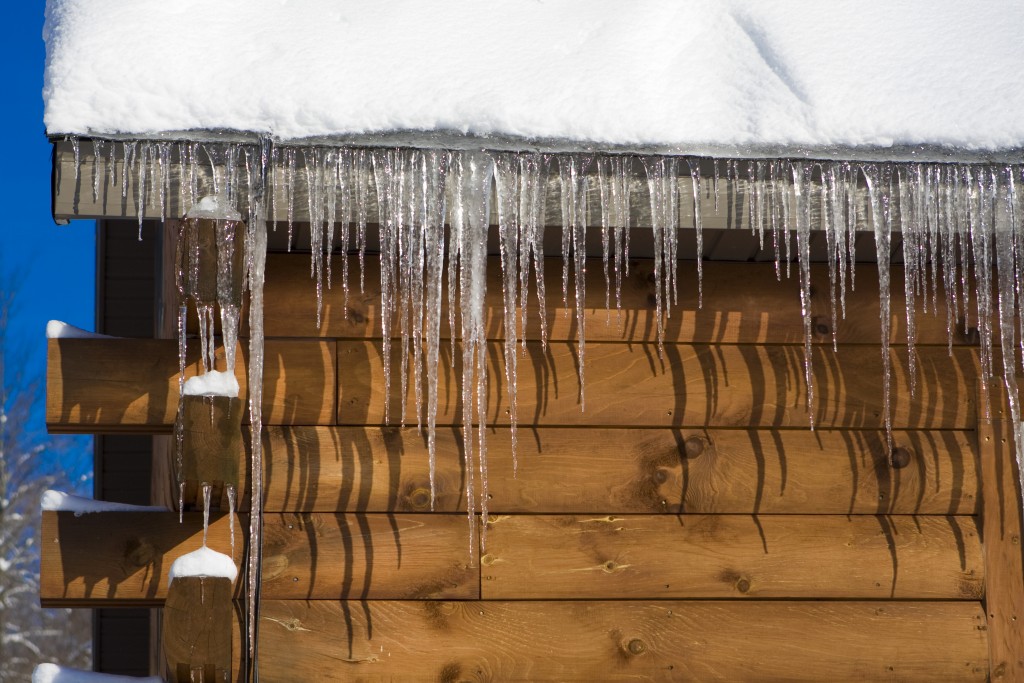Winter is brutal. That’s no surprise. If you’re not careful, such sweater weather could put your abode in a tough spot. In a way, winter can be worse than the coronavirus. You can hide from the invisible virus by putting your movement to the utmost minimum. With winter, however, you are affected wherever you are, not unless you’re living down South. That’s true unless you decide to migrate to a tropical island paradise. What’s left for you then is to prepare your business to survive the cold, cold weather.
In this regard, the utter lack of preparation is disastrous. And this is nowhere as applicable as in the case of your roof and your basement. Simply put, you need to step up your heating for winter and its contingencies. Imagine your misery when your house lacks the warmth you need in a storm. And need we remind you, winter is the season for storms. In hindsight, America was battered by severe weather in January of last year. Unfortunately, in that winter storm lives were spent while battling high winds, strong rains, and tornadoes.
That’s the thing about climate emergencies. It’s usually too late when you know you’ve been remiss in your prepping.
The Destruction Called Winter
No, don’t be fooled by the sea of white blanketing your roof. It may remind you of the joys of Christmas. And yet, that’s actual destruction eating your roof.
First up, ice dams develop. Now, these downward projectiles may seem like stalactites in a cave. Certainly, it can add to the winter wonderland look of your dwelling. But the truth of the matter is ice dams choke your water structures. As it prevents water from coming down, ice dams can tear down shingles, eaves, and gutters.
In short, ice dams are bad news to your roof.
Then there’s attic condensation. As warm air rises from the inside of your abode and meets the cold roof underside in your attic, moisture builds up. Left to its own devices, such moisture will accumulate and lead to damaging wood rot.
Your basement is no exception. As the snow accumulates on the ground, the basement serves as a heater for all the cold. The end result? Snow melts into water. If your basement is not waterproofed and well-insulated, flooding follows. Water finds its ways through the cracks in the wall and floor of your basement.
Think of it as a litmus test. If water finds its way to your basement, then you have holes you need to plug.
Then again, you need to ensure your drains are working fine. Clogged drains beget stocking up of water in your pipes. It will only be a matter of time before water shows its tenacity and finds your basement.
Building a Castle Before the Storm

The best time to prepare for the winter and all its destruction is before the cold weather arrives. Still, if you’re caught unprepared you should be able to do needed adjustment to address the problem.
For your roof, a well-vented roof is your abode’s best defense against ice damming. Why? Putting timely exhaust vents allows for warm air to escape the premises of your attic. On the other hand, intake vents should deal with cold air letting it in. When the attic is cooler, a lesser amount of snow melts.
By the same token, attic condensation is also minimized with proper roof venting. It’s important to plug insulation leaks as this allows warm air in.
As for your basement, plugging holes can be a tedious job. Why? It’s underground and a lot of factors need to be considered to insulate your basement. In this regard, finishing that basement may require trained professionals.
Having a finished basement can expand your living space at the height of winter. A finished basement is furniture-ready. Put some entertainment in and you could be enjoying the warmth while the cold winter pounds.
Keeping All the Warmth In
Insulation is important to keep your heating bills down. When your house is properly insulated, warm air stays with you for the longest.
Don’t skip on the ceiling fans. Warm air rises so keeping a fan up ensures the warmth stays down. The trick is to keep an eye on energy holes that could sabotage your system.
If you want to DIY your abode’s energy efficiency, getting a thermal scanner can go a long way to make it happen. The thing with thermography is it leads you to areas in your abode with energy leaks. By identifying which part of your house where energy is low, you will know the presence of cold spots. These places could highly-likely be a hole where the cold air of winter sets in.
In a way, winter is like a swarm of angry enemy soldiers wanting to take over your precious abode. But, don’t fret. Your timely preparations should bid you well. Not only will the initial attack fail, but those belligerent soldiers will also fade away in time. It’s just like snow under the heat of the sun.



